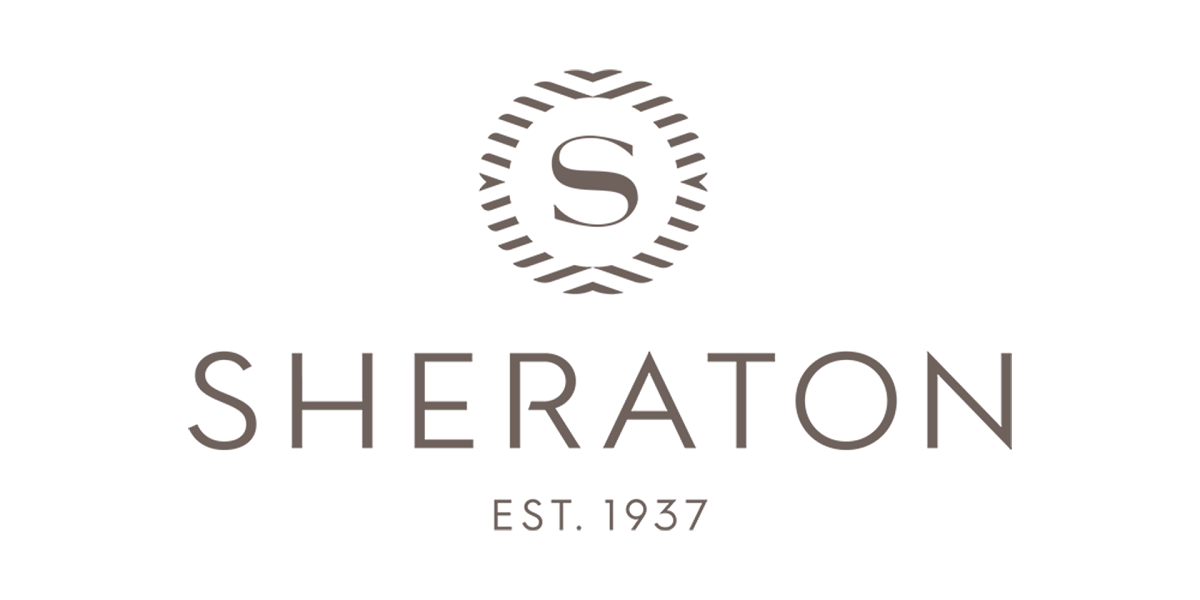
Sheraton Amsterdam Against Food Waste
AMSTERDAM, Oct. 25, 2023 /PRNewswire/ — Sheraton Amsterdam Airport Hotel and Conference Center has partnered with technology provider Leanpath in a new effort to reduce its food waste by 50 percent. The

The Connection Between Anthropogenic Global Warming and Extreme Climate Events
The world is witnessing a noticeable increase in the frequency and intensity of extreme weather events such as hurricanes, droughts, heat waves, and heavy rainfall. This phenomenon can be attributed

The Unseen Consequences of Conflict: Wars’ Far-Reaching Impact
Singapore, November 1st, 2023 – Wars, regardless of their location or scale, bring a chain of horrors that extends beyond the battlefield, leaving indelible marks on both the environment and
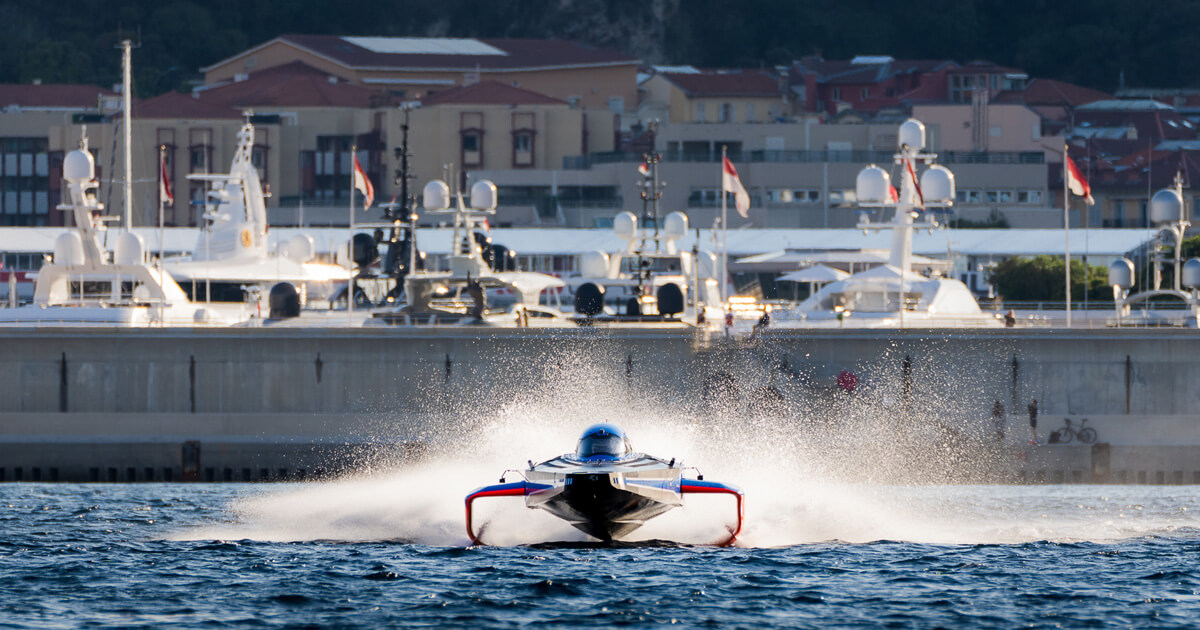
The UIM E1 Pilot Academy has been launched to prepare a new generation of racing stars for the upcoming world’s first electric propulsion boat championship. Among the 35 candidates, 20 pilots will be selected by October 2023 after undergoing initial training by September. The academy encourages athletes of all genders with experience in motorsport, cycling, Esports, extreme sports, and high-speed sports to apply. With the UIM E1 World Championship commencing in Jeddah, Saudi Arabia, in early 2024 and new teams being announced successively, the UIM E1 Pilot Academy is on the brink of its debut as the training pathway for a fresh cohort of racing luminaries. E1 is actively seeking athletes of all genders, experienced in motorsport, cycling, Esports, extreme sports, and high-speed activities, who are eager to test their mettle in the world’s foremost series of electric propulsion boat races. The new Academy is spearheaded by Nina Dreier, a seasoned professional who has previously collaborated with Red Bull, Formula E, and Extreme E, bringing her invaluable expertise in sports marketing and entertainment. Alongside receiving specialized training from other leading figures in the maritime industry, candidates will undergo an advanced training regimen meticulously designed to challenge their skills in close-quarter racing, across diverse vessels, and under varying water conditions. The selection process will unfold across Saudi Arabia, Italy, and the United Kingdom in August and September. The final 20 pilots chosen for the championship will be unveiled in October. Prospective athletes are strongly encouraged to apply for the initial phase of Pilot Training by emailing pilottraining@e1series.com, and including: – Name and surname – Nationality – Spoken languages – Gender – Practiced discipline – Resume or portfolio – Racing experience – Social media accounts or website – Availability (including other leagues for 2024) – Passport validity/eligibility to travel Once the selection process concludes, the UIM E1 World Championship teams and riders will make their debut in Jeddah, Saudi Arabia. Throughout 2024, they will compete in Venice, Munich, Rotterdam, and other locations to be announced shortly. The events of the UIM E1 World Championship will span two days, comprising practice sessions, qualifiers, and direct elimination races. Pilots will compete in several heats to determine who advances to the subsequent stage. The fastest teams and pilots will ultimately progress to the final race that will determine the champion. Engineers at SeaBird Technologies have successfully completed a rigorous testing program to optimize the performance and tuning of both prototype and production series RaceBird boats. There are 10 available spots on the E1 World Championship starting grid for teams, with RaceBird boats scheduled to be delivered by year-end. Each team will field two pilots, one male and one female, who will alternate in driving during the race weekend. The first season has already announced five teams led by NFL superstar Tom Brady, tennis legend Rafa Nadal, F1 icon Sergio Perez, former Chelsea star Didier Drogba, and team Venice Racing, with additional teams set to be unveiled in the upcoming weeks. To find out more about the E1 Series, visit the website.
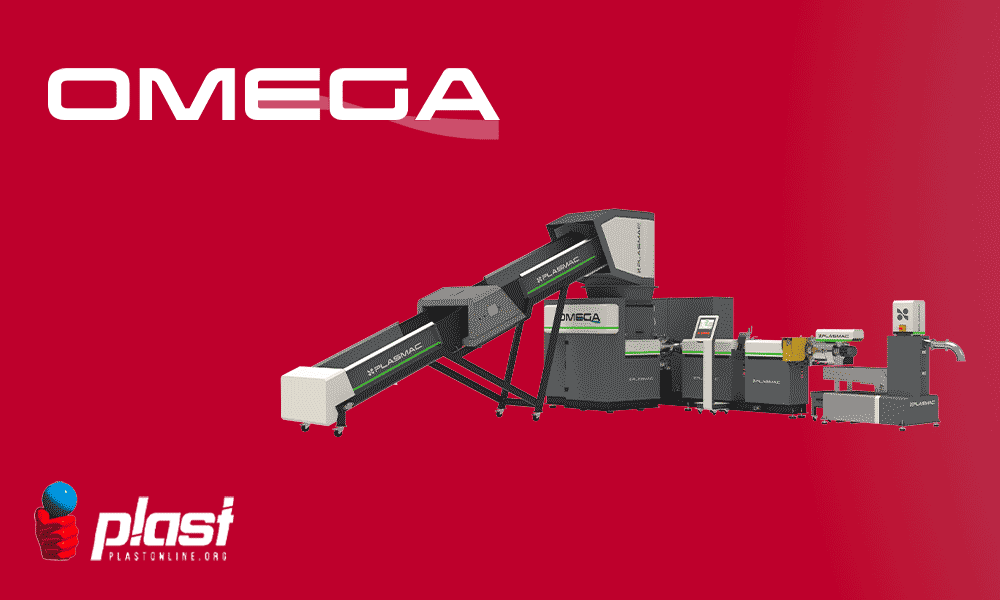
Syncro Group is gearing up for PLAST, a highly significant trade fair for the plastics industry, scheduled to take place at Fiera Milano from September 5th to 8th. At Plast 2023, Syncro Group is set to showcase its latest PLANET-APPROVED products, which align with their ZERO WASTE MISSION. These products are designed to minimize industrial waste, energy consumption, and raw material usage, all while maintaining comprehensive control over overall output. Among the highlights, PLASMAC, a leading player in in-line and out-line grinding and granulating systems for post-industrial waste, will be a prominent presence. The spotlight will be on mini ALPHA XS and OMEGA systems, both operational during the event. Addressing the escalating costs of energy and raw materials, as well as the growing need for in-house recycling of post-production scrap, PLASMAC has developed the OMEGA series. With a capacity range from 120 to 250 kg/h, this solution caters to producers of various materials such as PE, PP, PC, PMMA, ABS, TPU, and TPE. It eliminates the need for prior size reduction and takes into account the hardness of generated waste. The revolutionary OMEGA recycling extruder system, a PLASMAC creation, introduces a transformative approach to recycling. Integrating a compact shredder with Short Screw Technology (SST), this innovative system employs a dual-diameter ratio screw to efficiently process waste and produce top-notch recycled pellets. The operation is straightforward but impactful: waste enters the slow-rotating shredder through an elevator, roll feed, or trim basket, allowing diverse forms of scrap material to be fed in a single step. The screen design minimizes heat and dust, yielding high-quality pellets with fewer imperfections. An added perk is the PLASMAC TYGER’S CAMERA, located within the hopper and connected to the user-friendly HMI system. It enables easy operational control, storing multiple receipts based on the plant’s materials portfolio. Energy efficiency stands as a defining feature of the OMEGA system, offering the highest output per kilowatt of installed power in the market. This translates to reduced running costs and a speedy return on investment, with potential paybacks in as little as six months. The technology eliminates the need for cooling water in the rotor or transfer system, reducing both maintenance and costs while improving profitability. In addition, the OMEGA system boasts a compact footprint, consuming minimal floor space and freeing up room for other applications. Complementing the core system, OMEGA offers a range of ancillaries to enhance its performance. These include air or water-cooled palletizers, trim baskets for inline trims, reel feeds for off-spec or scrap reels, elevators, metal detectors for various scrap types, screen changers for offline products, vacuum degassing stations for printed or hydroscopic materials, pellet detection system to identify issues in the pelletizer. Notably, PLASMAC has introduced a gravimetric system for real-time output calculation, enabling automatic adjustments to ensure optimal efficiency by aligning production with consumption. Each OMEGA unit features remote connection capability, adhering to Industry 4.0 standards and linking to PLASMAC HUB and TYGER CLOUD platforms. This groundbreaking innovation empowers users to remotely monitor and manage the production process, from purchasing spare parts to accessing remote assistance services. In summary, the OMEGA recycling shredder extruder system offers a comprehensive and efficient solution for transforming waste materials into high-quality pellets. Its distinctive features and accompanying systems make it a cost-effective and profitable choice for recycling industry businesses. Syncro Group unites a constellation of advantages and expertise from different specialists in the field, facilitated by the synergy between companies such as SYNCRO, PLASMAC, PLANTECH-CST, ACELABS, EUR.EX.MA., and SB DRY.
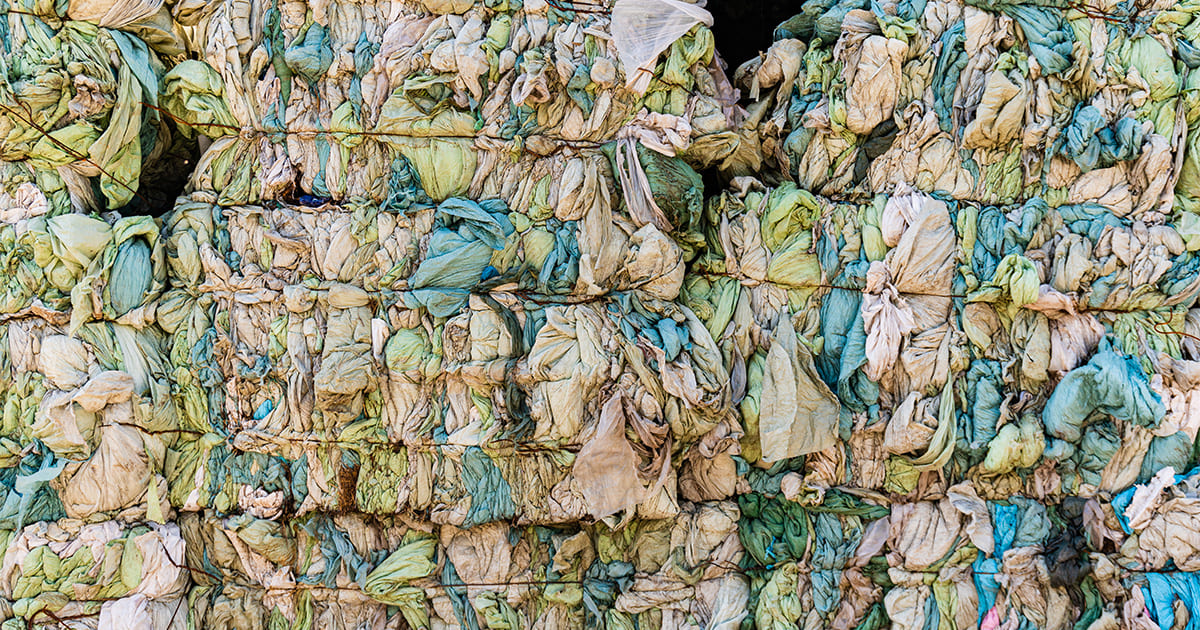
Virginia Tech researchers have devised a groundbreaking method to upcycle plastic waste into valuable surfactants, essential components in soap and detergent production. Their study, published in Science, highlights the unexpected molecular resemblance between polyethylene, a common plastic, and fatty acids used in soap manufacturing. This connection inspired Guoliang “Greg” Liu, an associate professor of chemistry, to explore the transformation of polyethylene into fatty acids, which could then be turned into soap. By subjecting polyethylene to temperature-gradient thermolysis, the team successfully broke down the plastic into shorter chains, laying the foundation for an innovative plastic-to-soap upcycling technique. Liu’s approach involves mimicking the combustion process of wood to break down polyethylene into “short-chain polyethylene” molecules, akin to waxes. These molecules, when combined with additional steps including saponification, yielded the world’s first soap made from plastics. The method’s simplicity and potential to work on various plastic types, including polypropylene, offer a new avenue for recycling. Unlike traditional methods, this approach doesn’t require complex catalysts or intricate procedures, making it more accessible for global adoption. The economic viability of the process is underscored by the fact that soaps, though seemingly ordinary, can be worth up to triple the value of plastics by weight. This innovation could ultimately pave the way for reduced plastic waste in landfills, as recycled plastics are transformed into valuable and sustainable soap products. The study not only presents a tangible solution to plastic pollution but also emphasizes the universality of the problem. With simple processes, like the one proposed by Liu and his team, accessible to many countries worldwide, the fight against plastic pollution takes on a global perspective. More information: Zhen Xu et al, Chemical upcycling of polyethylene, polypropylene, and mixtures to high-value surfactants, Science (2023). DOI: 10.1126/science.adh0993. www.science.org/doi/10.1126/science.adh0993
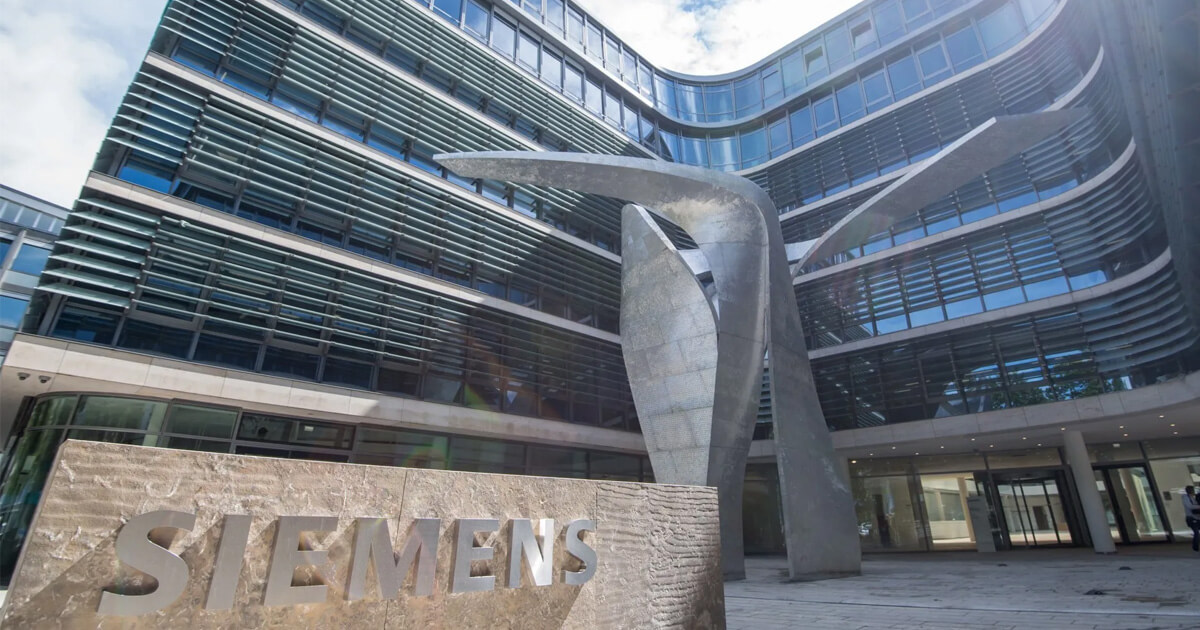
Aug 15 (Reuters) – German conglomerate Siemens (SIEGn.DE) said on Tuesday it will start producing solar energy equipment in the United States in 2024 through a contract manufacturer in Wisconsin. The announcement marks a move by one of the world’s largest manufacturers to capitalize on incentives in President Joe Biden’s year-old landmark climate change law to boost American-made supplies of solar energy components and compete with China. Siemens will produce solar string inverters, devices that convert energy generated from solar panels into usable current, for the U.S. utility-scale market, it said in a statement. The products will be made at a facility in Kenosha, Wisconsin, operated by Sanmina (SANM.O). “Working with Sanmina to establish this new production line, Siemens is well positioned to address supply challenges our country is facing as we work to localize production for green and renewable infrastructure,” Brian Dula, vice president of electrification and automation at Siemens Smart Infrastructure USA, said in the statement. The work for Siemens will create up to a dozen jobs at the factory to start, the company said. Production will scale up to a capacity of 800 megawatts of inverters per year. The Inflation Reduction Act has unleashed $100 billion in investment in the domestic solar sector in the last year, including $20 billion for solar and storage manufacturing, the top U.S. solar trade group said this week. More than 50 solar manufacturing facilities have been announced or expanded since the IRA passed, according to the Solar Energy Industries Association study. That includes about 7 gigawatts of inverter capacity.
